-
Welcome to Tacoma World!
You are currently viewing as a guest! To get full-access, you need to register for a FREE account.
As a registered member, you’ll be able to:- Participate in all Tacoma discussion topics
- Communicate privately with other Tacoma owners from around the world
- Post your own photos in our Members Gallery
- Access all special features of the site
Relay panel in cab
Discussion in 'Lighting' started by cynicalrider, Oct 17, 2018.


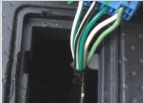 Adding junction to Rheostat for additional switches illumination. 2nd Gen
Adding junction to Rheostat for additional switches illumination. 2nd Gen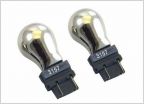 Trying to find 'Chrome' Turn Signal Bulb
Trying to find 'Chrome' Turn Signal Bulb RE: New 2021 SR5 Sport Edition, Bed LED lights?
RE: New 2021 SR5 Sport Edition, Bed LED lights?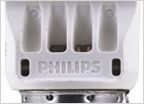 Reverse light options?
Reverse light options?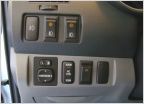 Which Fog Switch?
Which Fog Switch?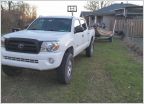 Off brand factory headlights (05-11)
Off brand factory headlights (05-11)











































































